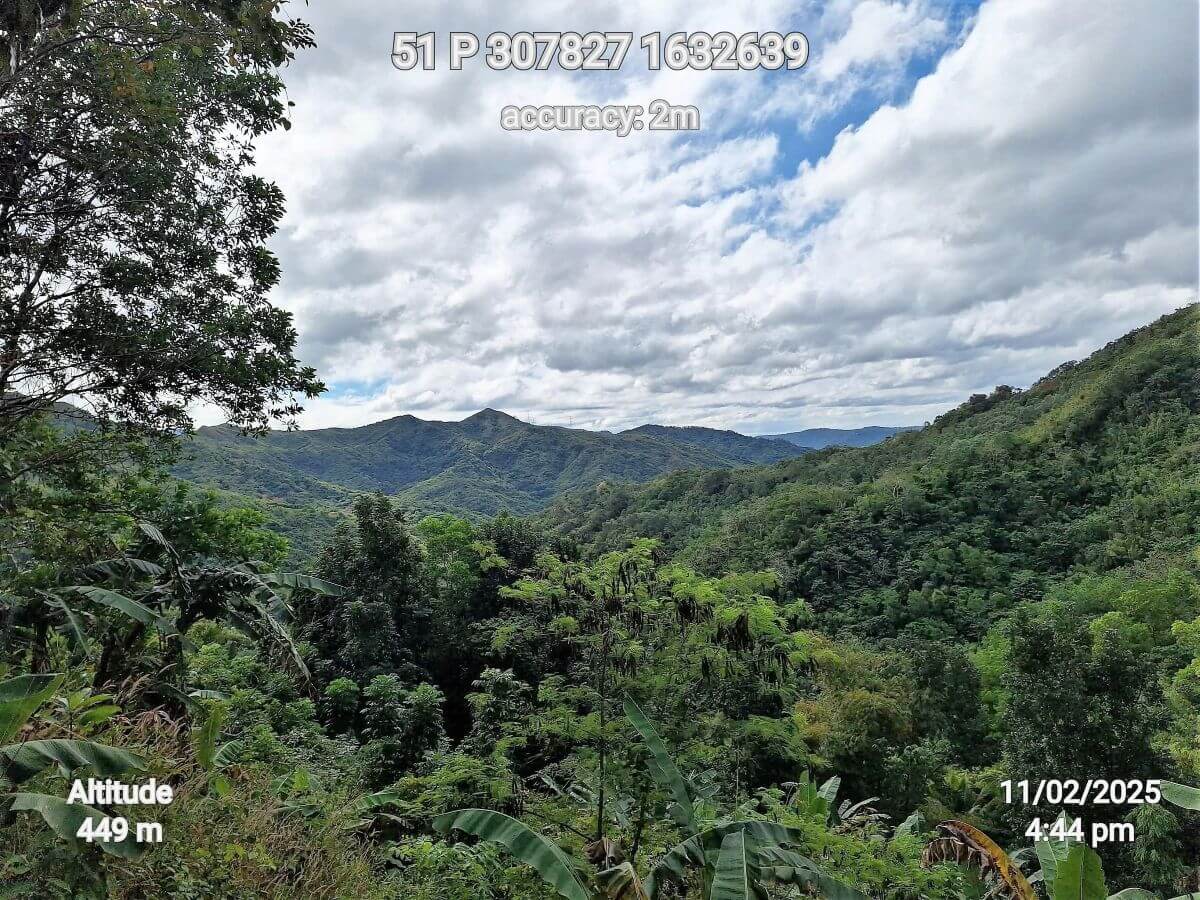

The reforestation effort is part of a broader strategy to enhance climate resilience, reduce disaster risks, and restore biodiversity in one of Metro Manila’s vital watersheds.
UMRBPL spans 26,125.64 hectares across Antipolo City and the municipalities of Baras, Rodriguez, San Mateo and Tanay in Rizal province. It was declared a protected area in 2011 through Proclamation No. 296, following the destruction brought by Super Typhoon Ondoy in 2009.
Sustained forest restoration
DENR-FMB Assistant Director Atty. Ray Thomas Kabigting said the increase in closed forest areas—dense and mature ecosystems—shows the positive outcome of sustained forest restoration.
“The rise in closed forest cover signifies that previously degraded or barren areas are now thriving with healthy trees,” Kabigting said.
FMB data show that open forest areas in UMRBPL declined by 1,138.28 hectares or 20.95 percent, while 628.47 hectares of shrublands regenerated into open forests. These transitions reflect the combined impact of reforestation and natural regeneration.
The watershed is home to threatened species including narra, red and white lauan, bagtikan, kamagong, and molave. Wildlife includes the Philippine bulbul, jungle fowl, wild pig, Philippine monkey, and forest frogs.
Three million trees in three years
Kabigting emphasized that expanding forest cover supports the country’s climate agenda by reducing flooding, preserving biodiversity, and boosting agricultural productivity.
“With the target of planting three million trees by 2028, the UMRBPL is fostering a more resilient environment and setting a precedent for sustainable conservation,” he added.
DENR-CALABARZON Regional Executive Director Nilo Tamoria noted the role of public-private partnerships. Since 2021, 45 companies and organizations have adopted 743 hectares of graduated sites under the National Greening Program (NGP).
The NGP, launched in 2011 alongside UMRBPL’s proclamation, was reinforced by Executive Order No. 23, which banned logging in natural and residual forests.
Strict Protection Zones
In 2015, Executive Order No. 193 expanded the NGP’s scope. That year alone, 3.9 million trees were planted in the watershed. From 2021 to 2025, another 1.3 million trees were planted, with a survival rate of 75 percent.
Under the UMRBPL Management Plan 2020–2030, northern forest zones have been designated as Strict Protection Zones, limiting human activity to scientific research and indigenous ceremonial use.
The DENR’s revitalized program aims to restore the ecological integrity of the watershed, reduce downstream flooding, and safeguard surrounding communities. —Ed: Corrie S. Narisma